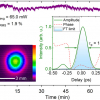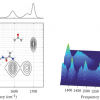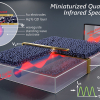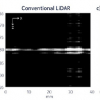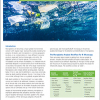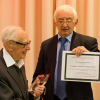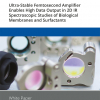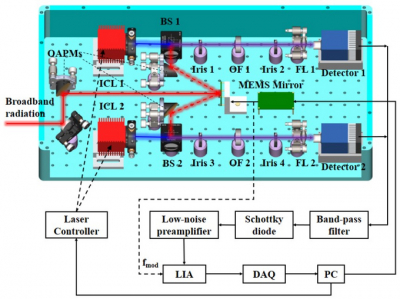
Recently, a research team led by Professor GAO Xiaoming from Anhui Institute of Optics and Fine Mechanics, Hefei Institutes of Physical Science of Chinese Academy of Sciences developed a new type of spectrometer which is capable of simultaneous remote sensing of atmospheric methane (CH4), water vapour (H2O) and nitrous oxide (N2O). In the mid-infrared band, due to the lack of mature optical fibre components or optical waveguides, traditional mechanical choppers are usually used to modulate sunlight, and it’s difficult to miniaturise the system. In order to solve this problem, scientists developed this novel spectrometer. It is called a modulator-based dual-channel mid-infrared laser heterodyne radiometer (MIR-LHR), and is based on a micro-electro-mechanical system (MEMS) modulator.
Scientists replaced the traditional mechanical chopper with the MEMS modulator. “This makes the system more stable and compact”, said XUE Zhengyue. They also combined two inter-band cascaded lasers (ICL). This enabled the developed heterodyne spectrometer to measure the volume mixing ratio of CH4, H2O and N2O, simultaneously.
They obtained the laser heterodyne spectra of Hefei, China by inversion calculations. According to the experiment, the volume mixing ratios of CH4, H2O and N2O were tested as ~1.906 ppm, ~3069 ppm and ~338 ppb, respectively. The results were in good agreement with simulation spectra from atmospheric transmission modelling.
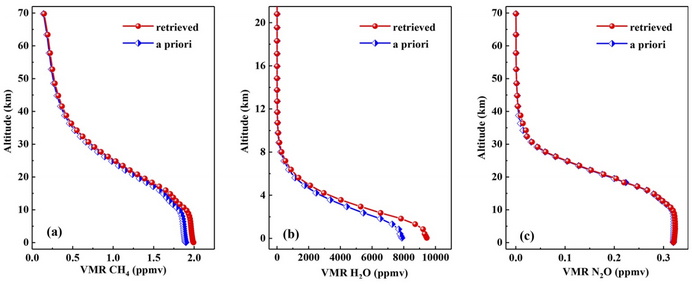
The retrieved vertical concentration profiles of (a) methane, (b) water vapour and (c) nitrous oxide. Credit: XUE Zhengyue
According to associate Professor TAN Tu, this research laid foundation for “further development of portable high-spectral resolution laser heterodyne spectroscopy instruments for atmospheric multi-component gas remote sensing”.









